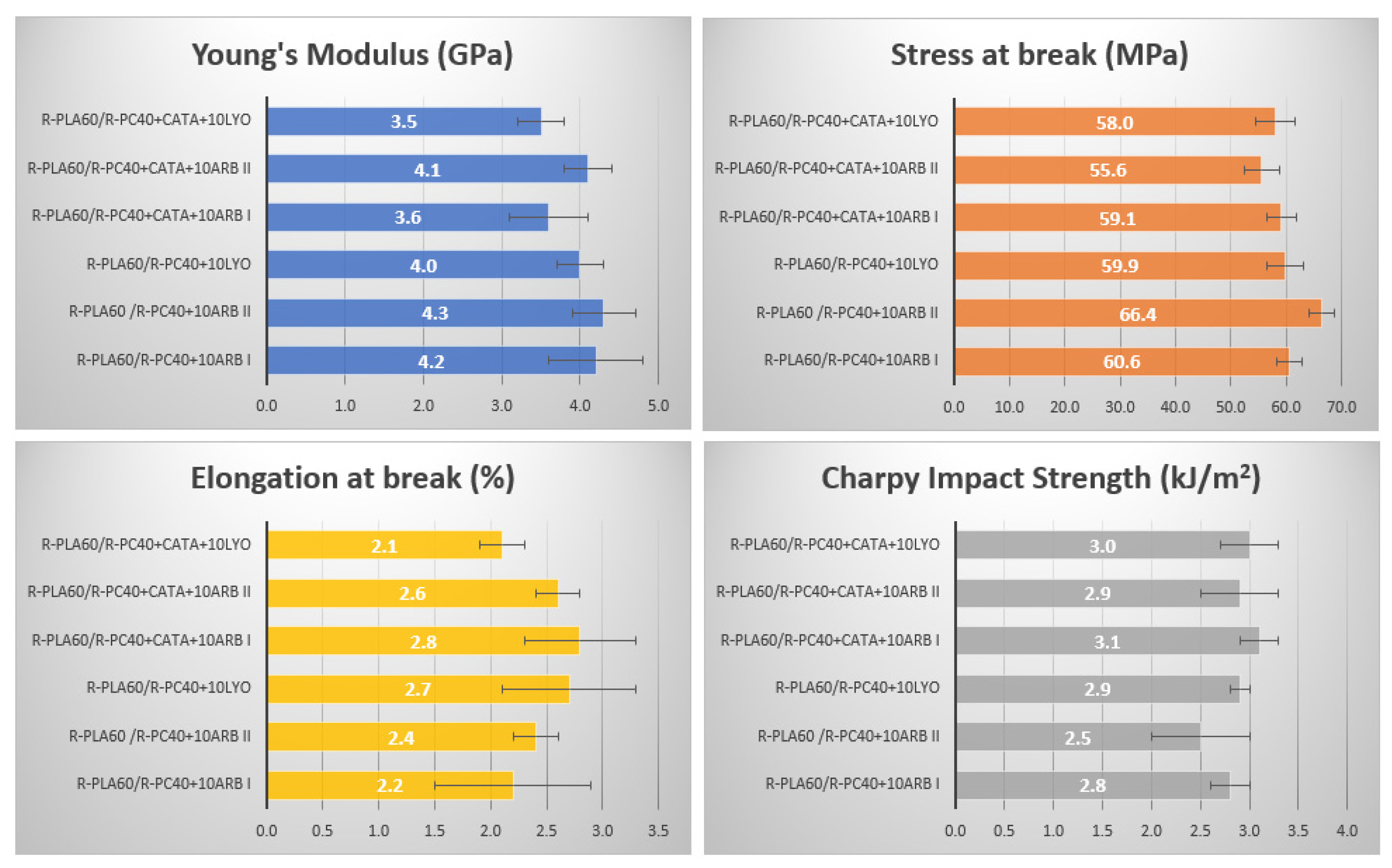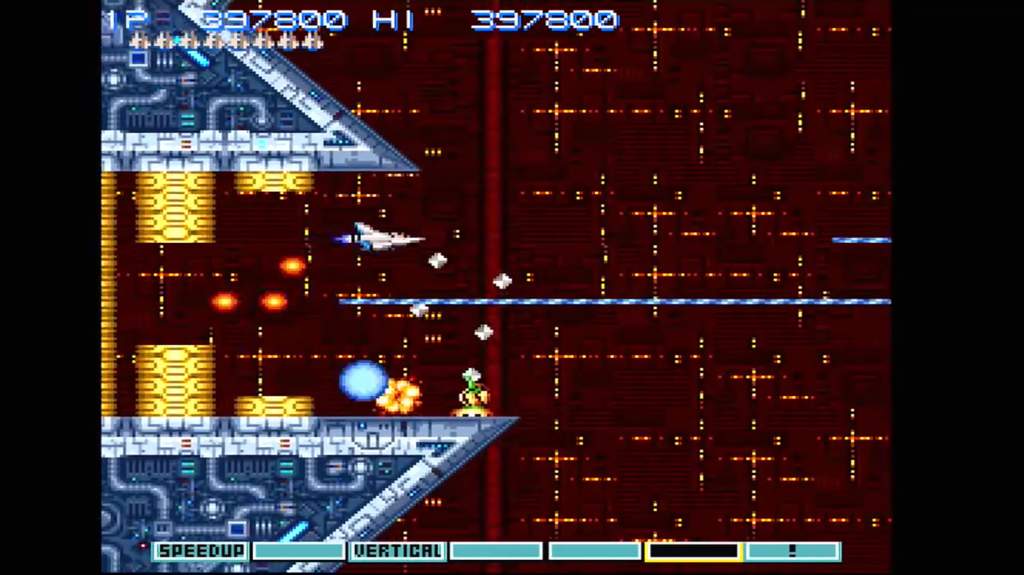
There are two spots in which it’s harder to recover than to never make a mistake in the first place. The way Gradius accommodates that experience is one of its strengths, not a weakness. At their core, shoot’em ups are about learning. Conversely, if we died, the game slows down and helps us learn from the experience without distractions. This means that, if we are doing well, we have an advantage but the game never becomes trivial. The more power-ups we have, the more intense the game becomes while a weak ship will see less enemies cluttering the screen. But there’s a very underrated aspect to the series, which is its dynamic difficulty. Power-ups are such an integral part of Gradius that we might feel powerless when we lose them. To me, they are the best power-up in the genre, only rivaled by R-Type‘s Force. They open an immense amount of possibilities, ways to tackle the game’s challenges and cover our weak spots. They act as a natural extension of our ship and are as intuitive to use as moving up and down the screen is. They can be positioned around our ship like a mantle, to protect it from debris or gather them all in a straight line to focus all weapons on the enemy’s weak spot. The most interesting power-up in Gradius is little spheres of light called “Options”, that follow the movement of our ship and provide additional firepower. This time, we might even select four different configurations each with a different playstyle. We may trade them for ground missiles, an armor-pierce laser, shields or even increase our ship’s speed.
#Gradius 2 mechanical base how to
Rather, they fill a selection bar and we can choose how to spend them.
#Gradius 2 mechanical base series
Unlike most games, power-ups in the Gradius series don’t have an immediate effect once collecte. The key to the obstacle is not memorization, but understanding its dynamic. While they move erratically and the path to follow changes, we must always get through the small space between them. There’s a sequence in which we must go through crashing, indestructible asteroids that is a perfect example of this combination. They give us chase and aim for our ship but they do so in a slightly different manner depending on how we move. Like their appearance, which resemble mechanical insects, they combine cold mechanical logic with the inherent chaos of living beings. The reason is the game’s enemies, which do not follow rigid patterns.

The behaviour of the game remains familiar but it’s never exactly the same. Unlike Castlevania or Contra there’s a small degree of uncertainty in the design that forces players to be more brazen.

What separates the Gradius series from other classic games is that it’s not completely deterministic.

Swatting alien appendages that try to grab our ship, flying at incredible speed through narrow corridors and systematically destroying a maze of treacherous moais are only a few of the situations we’ll face over the course of the game. It’s never just a matter of shooting patterns, there’s always some strategic twist. From raging volcanoes to asteroid belts to the narrow confines of an alien starship, each level in Gradius II has its own personality. It’s a simple game in which any technological limitations were compensated by creativity and a thoughtful implementation. It’s the perfect showcase of the reigning design philosophy of the 1980s, when arcades were on the cutting edge and level design was the main tool in the designer’s arsenal. Strategy is an absolute necessity, but, when the time comes, only a bold move can assure victory. Your ship’s weapons act as tools, ready to be wielded to solve any problem. Each enemy and obstacle has been carefully placed by hand to craft a challenging fantasy environment. Gradius II is a game of blinking lights in computerized bases and dodging lasers in asteroid belts, a story in which large mechanical enemies are defeated through quick reflexes and sheer force of will. As I took the Vic Viper across burning suns and lava-born dragons I began to realize the scope of the adventure unfolding before me.


 0 kommentar(er)
0 kommentar(er)
